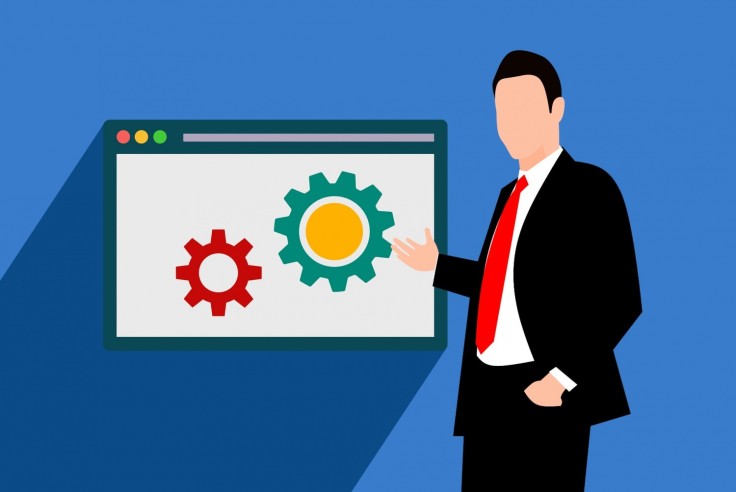Software Development Process: A Complete Guide
By
The software development process is vital to creating a new software product. In this guide, we will understand what SDP is and the steps involved.
What Is The Software Development Process?
The software development process is a set of steps followed when creating a software product. The development process begins with understanding the user requirement and ends with delivery. It helps you manage the complexity of Developing a software product, managing any risks, and planning your schedule accordingly.
Stats
As of 2022, software developers using
Node.js - 47.12%
React.js - 42.62%
The most common programming languages among software developers in 2022 are:
JavaScript - at 65%
HTML/CSS - at 55%
What Are The Steps Involved In The Software Development Process?
The steps involved in the software development process are as follows:
Step #1 Requirements
This step involves identifying client needs and collecting all requirements from clients, third parties (e.g., other departments), or other stakeholders. It includes all information necessary for the dedicated development team working on the project from start to finish.
Furthermore, it also serves as a baseline for future reference if modifications come up later during development.
Step #2 Analysis
In this step, you analyze the client's requirements and design a solution that meets those requirements effectively. The stage involves gathering information about users, their problems, and how they want their software developed.
The analysis phase also involves gathering data about competitors so that you can develop something better than them or avoid duplication.
Step #3 Design
This step involves designing a solution based on requirements gathered during the analysis phase to meet user needs effectively. Designing involves creating prototypes or mockups of the product.
This stage also ensures that the design is user-friendly and easy for customers or clients.
Step #4 Programming
In this stage, the software you will use to build your app is created. Different programming languages are available, each with its advantages and disadvantages. Some common languages include Java, C++, Python, and C#.
Step #5 Implementation
Once coding has been completed; it's time to implement these newly created pieces of software onto physical hardware such as servers or network devices.
You will also test out all of your codes to ensure they work properly before deploying (or releasing) them for users to interact with via their devices or browsers.
Step #6 Testing
Testing ensures that the software meets the user's requirements, allowing developers to find bugs in their code before releasing that code to production.
Step #7 Quality Assurance
Quality assurance (QA) is another essential function of testing, but it's different from a branch or method of testing. Instead, QA refers to a broad range of activities that ensure quality standards are met when developing software. These activities include:
Reviewing requirements documents
Testing new features before they're released
Finding defects after release
Step #8 Deployment
Deployment means releasing the software into its intended environment where end users interact with it directly.
Step #9 Maintenance
Maintenance refers to developers' updates after deployment so that users continue using updated versions. It's an ongoing effort to keep software up-to-date and secure.
Conclusion
The software development process is more than just a set of steps and tools. It's about building a culture that can adapt to change, encourage innovation, and enable you to deliver great products.
It's the heart of any business-what helps you create software your customers will love.
© 2026 University Herald, All rights reserved. Do not reproduce without permission.








